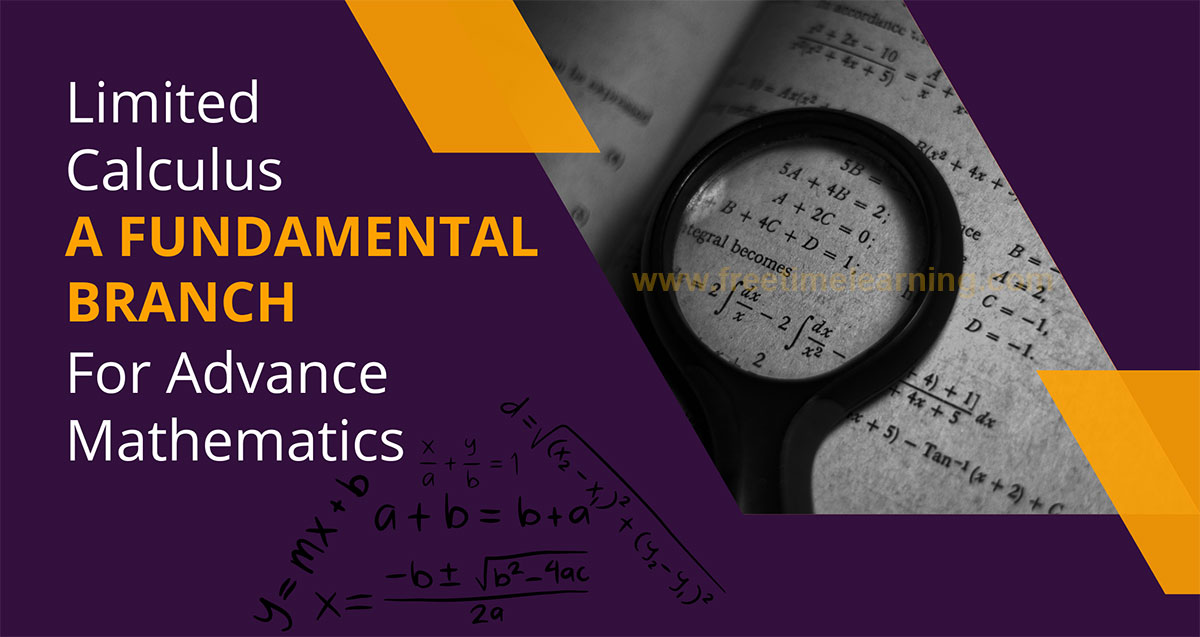The limit calculus is helpful for determining the behavior of a function at a certain point. It is a critical branch of calculus as it is helpful in defining continuity, derivative, and integral in various ways.
What is limit calculus?
Calculus of limits is a fundamental branch of calculus that deals with the study of limits at certain points and its basics properties. The definition of a
limit calculus is “a point at which the function comes closer and closer to a certain point”.
The behavior of a function is described with the help of limit calculus as a certain point approaches a specific point or infinity. Limit is used in differential
calculus as finding the derivative of a function with the first principle method.
The general equation of limit calculus with respect to independent variables can be written as :
Limv→s f(v) = M
* Lim is the notation of limit calculus
* v is the independent variable of the function
* s is the specific point of limit calculus
* f(v) is the function
* M is the numerical value of the function

